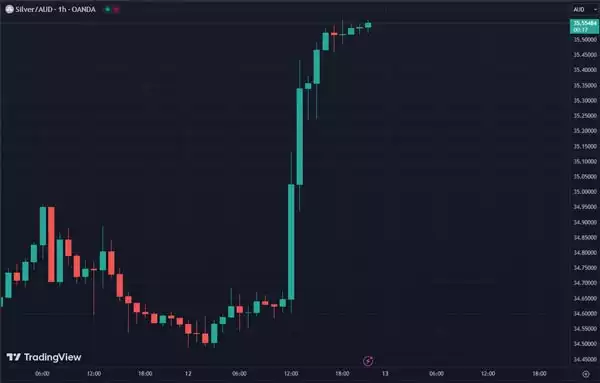Credit Market Crumbling
News
|
Posted 13/07/2023
|
5967
According to a recent survey, 16% of credit card holders in Australia either:
1. Are over their credit card limits
2. Are unable to make repayments
Credit card spending earlier in the year was looking healthy to some analysts. The problem, as pointed out at the time is that the spike in spending happened during a rise in the cost of living and tightening credit conditions. As theorised, this was indicative of using credit cards for necessities, not for leisure spending.
This new credit card debt information confirms those suspicions. The chart below shows that not even going over card limits and being unable to make repayments have been able to stop the sharp increase in credit card purchases. This is desperation spending.
As the credit card debt for an individual becomes unmanageable, the fees, interest and lowered ratings begin to compound the problem. Another overlooked factor is that the average credit card holder has several cards. This typically provides extra lily pads to jump to for spenders in tight situations. In the current environment it can be more like a game of musical chairs. The multiple cards can become increasingly difficult to pay off and feasible balance transfer options can quickly evaporate. If lenders lose confidence in borrowers' abilities to repay, they will make borrowing more difficult.
The credit card market provides a great miniature model for how people lose money in bull/bear markets. The first factor is that the benefits of easy money don’t simply turn off or lessen, they actually invert and compound due to the lag in consumer prices. Think about the cost of buying a house and weekly groceries rising several times, meanwhile income only slightly increases. If that’s not bad enough, once rates rise, incomes have not even caught up to the inflation cycle yet, prices are still high, and the supply of money is reducing. This leads to multi-layered pressure on regular people to sell assets when they least want to and take on debt that they may not be able to handle. The result is a concentration of physical assets during bear markets. Investors who are overleveraged need to make the decision between basic needs such as mortgage payments, car repairs and other living expenses, and their investments.
Physical precious metals can insulate against these factors as they tend to appreciate during periods of easy money, as well as during periods of instability and fear. In the last 10 hours, silver has rocketed nearly 3% against the Australian Dollar. From its low in last month it’s currently back up 8.28%. This may serve as a warning sign that investors are looking for an exit ramp from their current investments, or are bracing for even more inflation to come.
